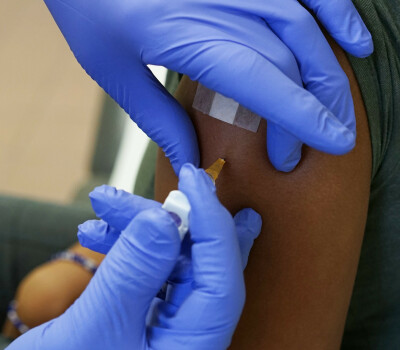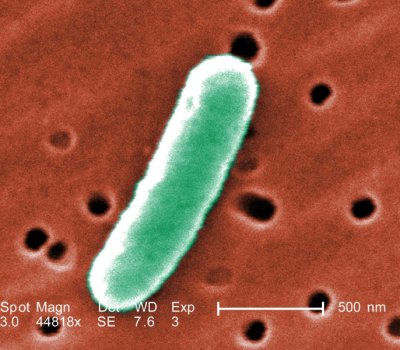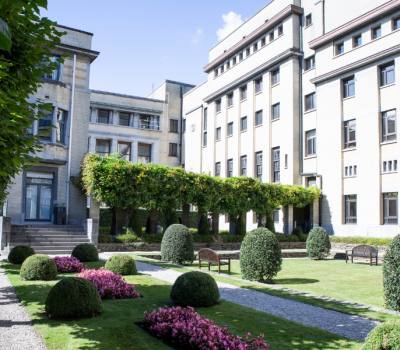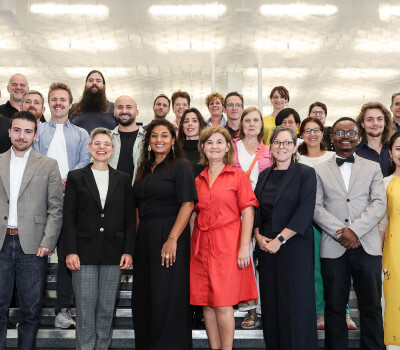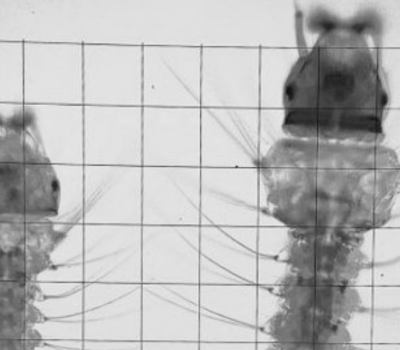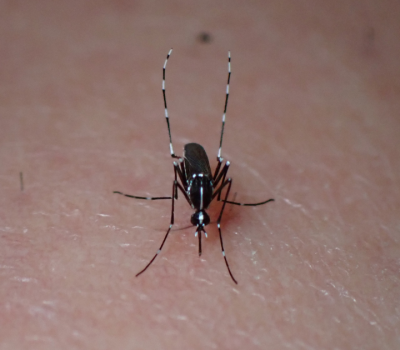Research reveals how Leishmania parasite adapts to drugs

Header: Like mosaics, Leishmania populations are made of cells with different characteristics (colours); this allows the parasite population to survive to the attack of different drugs. © Gabriel H. Negreira
Researchers from the Institute of Tropical Medicine (ITM) in Antwerp discovered the unprecedented potential of the deadly Leishmania parasite to pre-adapt to drugs. These findings, published in the respected journal EMBO Reports, shed light on how versatile pathogens can be and highlight the critical need for innovative approaches in the arms race against parasites.
Molecular parasitologists at ITM exposed Leishmania parasites in a test tube to extremely high concentrations of a drug against the neglected disease. As expected, many cells died. However, several resilient cells managed to survive, probably because of their unique chromosome configuration that was (pre)adapted to the drug. In humans, changes in chromosome numbers are associated with diseases such as cancer or conditions like Down's syndrome. Whereas the Leishmania parasite harnesses this ability as an advantage, leading to the emergence of mosaic aneuploidy. Mosaic aneuploidy means that within one cell population, there are individual differences. These cells possess a survival kit tailored to endure specific environmental stressors, such as exposure to drugs.
Consequently, when stress occurs, the entire cell population may vanish, except for the singular cell that contains the right survival kit, capable of restoring the population. Dr Gabriel Negreira, first author of the paper, says: "It is remarkable how different chromosome configurations can pre-adapt to this drug. It implies that drug resistance can pop-up several times and quickly. This is frightening and might explain why we can no longer use this drug for the treatment of leishmaniasis in the Indian subcontinent."
All roads lead to Rome
Is the Leishmania parasite resilient to other drugs as well? The researchers repeated the experiment using a different drug. Surprisingly, the parasites followed an alternative path to survive the drug attack. First, mutations surfaced in the gene that causes this particular drug to enter and kill the parasite. Later on, additional changes happened in the chromosome copy number. Parasites clearly possess diverse strategies to withstand drug attacks. "All roads lead to Rome" says Dr Malgorzata Domagalska. "Mosaic aneuploidy shows how versatile pathogens can be and how weak we are to tackle them. As scientists, we need to be more creative and undertake the next step in the arms race against parasites. Today’s fundamental research lays the foundation for future breakthroughs. Among our goals is to understand and block the molecular drivers or regulators of mosaicism, opening new avenues for the much-needed drugs in our battle against the most neglected disease."
Neglected diseases are high on ITM's agenda
The infectious disease leishmaniasis is caused by the Leishmania parasite transmitted by the bite of a sand fly. Its consequences can be stigmatising and deadly. The disease affects 3 million people every year in 88 countries, including all of southern Europe. This makes leishmaniasis one of the most important parasitic disease after malaria. To date, there is no vaccine and only a limited number of drugs.
Leishmaniasis belongs to 'neglected diseases', a group of 20 infectious diseases, including sleeping sickness and rabies. They occur mostly in low- and middle-income countries and mainly affect people living in poverty and poor sanitary conditions. At ITM, neglected diseases are high on the agenda. The institute conducts clinical, epidemiological and biomedical research to combat them.
The study was funded by the Flemish Ministry of Science and Innovation (EWI) and the Flemish Fund for Scientific Research (FWO).
Gabriel H. Negreira, Robin de Groote, Dorien Van Giel, Pieter Monsieurs, Ilse Maes, Geraldine de Muylder, Frederik Van den Broeck, Jean-Claude Dujardin, Malgorzata A. Domagalska. The adaptive roles of aneuploidy and polyclonality in Leishmania in response to environmental stress. EMBO Reports (2023)e57413; doi: https://doi.org/10.15252/embr.202357413
Spread the word! Share this story on

